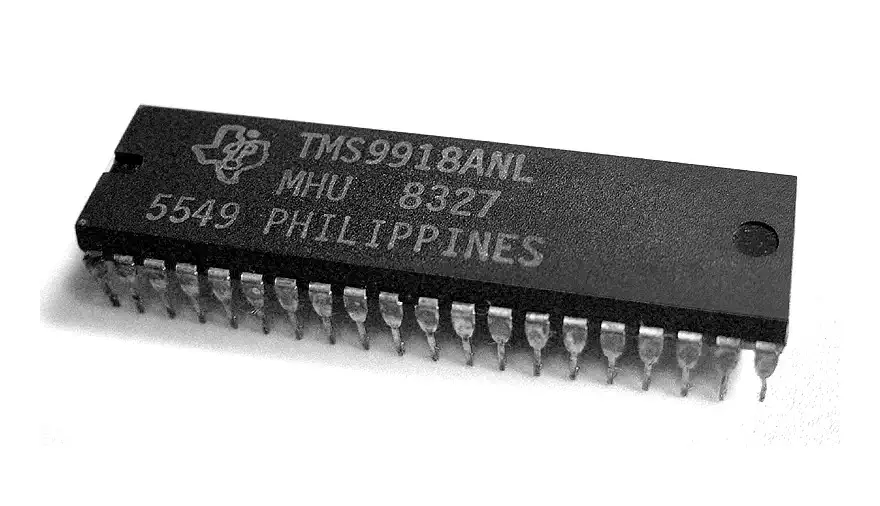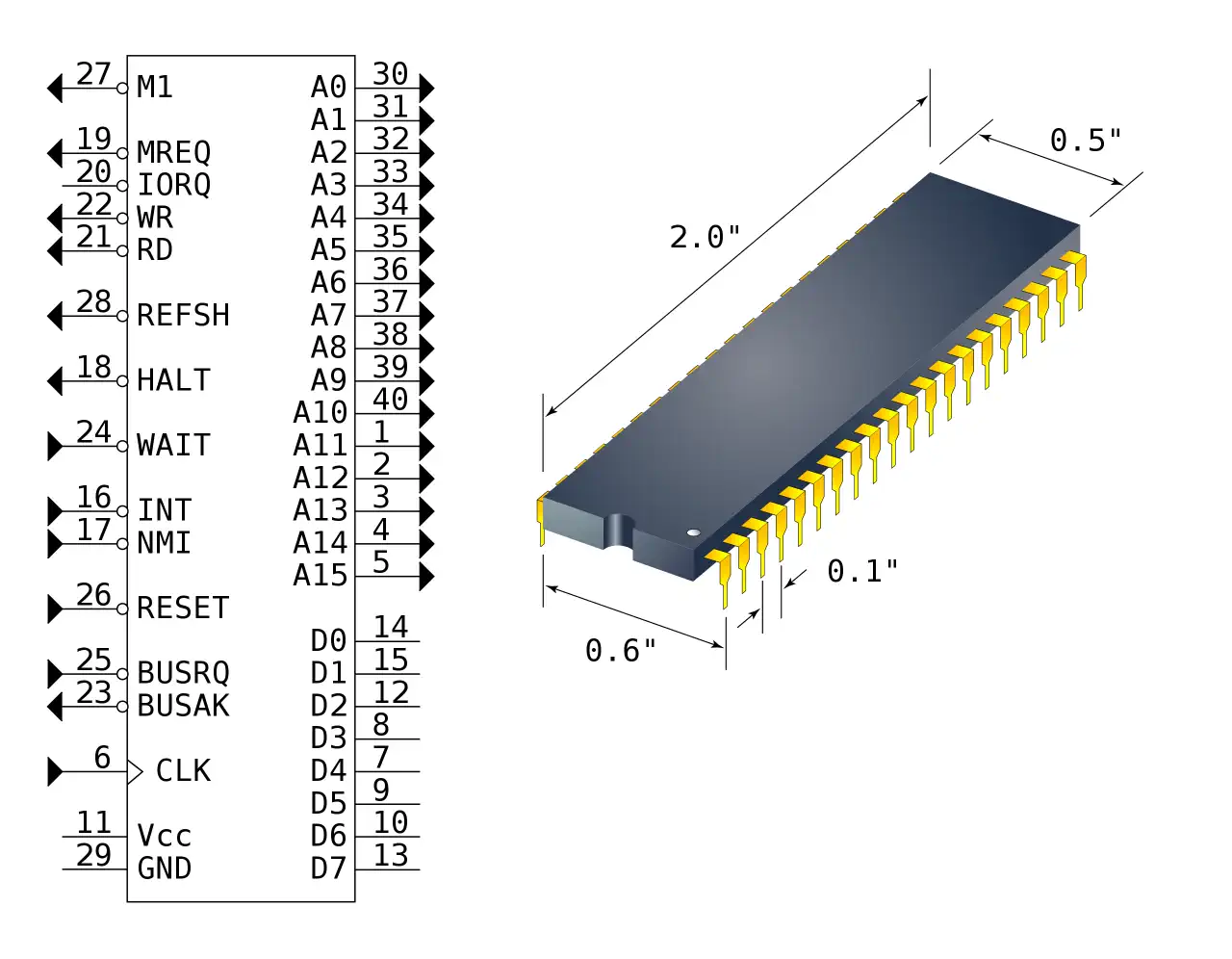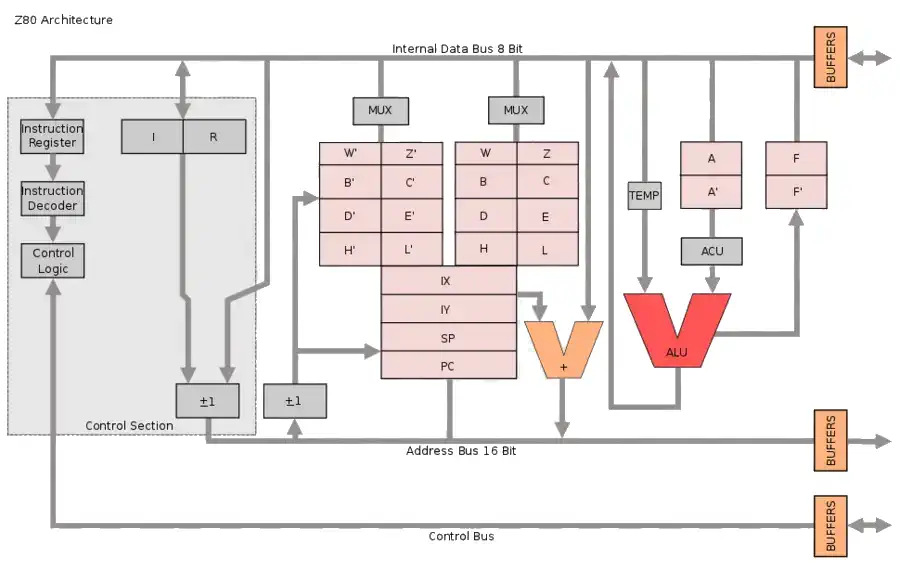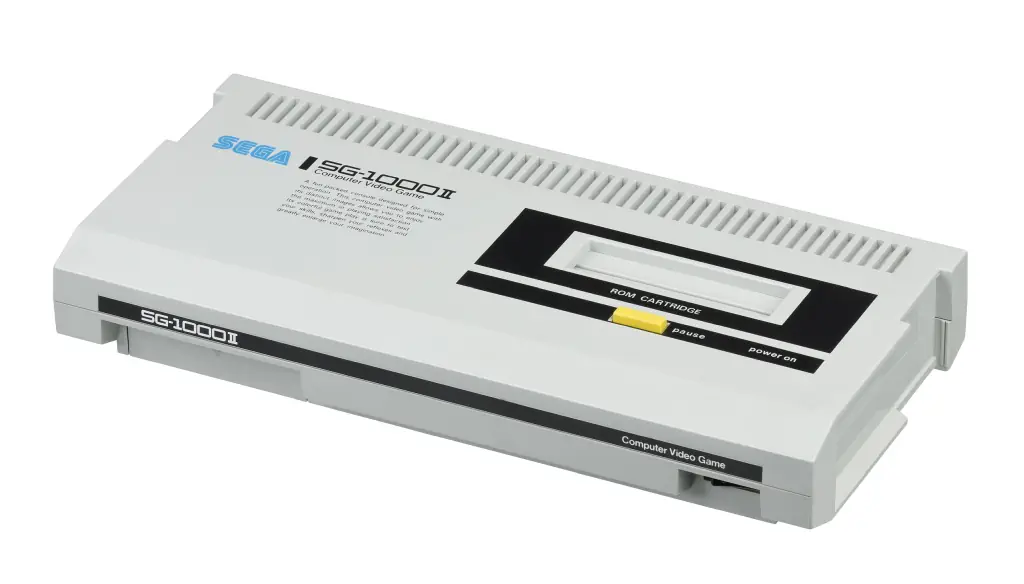Sega SG-1000 II (Mark II)
The Sega SG-1000 II, or the Sega SG-1000 Mark II was released in 1984 and replaces the Sega SG-1000 which was discontinued at the release of the upgraded machine.
The SG-1000 sold more units than the company expected. The initial estimate was around 50,000 units, but the machine actually sold more than 160 thousand units in the first year. This prompted Sega to invest more into the Video Game Console market. Sega CEO David Rosen arranged a management buyout of the Japanese subsidiary in 1984 from the Gulf and Western company, and established Sega Enterprises, Ltd. Under this name Sega began the production of the SG-1000 II and released it in July of 1984 for ¥15,000, the same price as its predecessor.
The biggest difference between the SG-1000 and the SG-1000 II is that the hardwired joystick was replaced with two detachable joypads. The cartridges also got another form-factor, replacing the small black blocks with a pocket-sized "Sega My Card".
By 1984 however, the Famicom began taking serious marketshare and outperformed the Sega SG-1000. It had better video capabilities and did not have the one-color sprite limitation of the Sega. Sega responded to this threat by releasing the Sega Mark III
TMS9918 Series Video Display Processor (99n8, 99n9, 91n8, 91n9)
The TMS9918 is a series of video display controllers (VDC) manufactured in 1979 by Texas Instruments, also refered to as 'Video Display Processor' (VDP). The TMS9918 and its variants were used in the ColecoVision, CreatiVision, Memotech MTX, MSX, NABU Personal Computer, SG-1000/SC-3000, Spectravideo SV-318, Spectravideo SV-328, Sord M5, Tatung Einstein, Texas Instruments TI-99/4, Casio PV-2000, Coleco Adam, Hanimex Pencil II, and Tomy Tutor.
Key Features:
- 256x192 pattern based color pixels per screen
- 16 different colors
- 8-bit memory mapped CPU interface
- No need for DMA, CPU can access VRAM
- 32 single color Sprites per screen (4 per scanline)
Variants:
- TMS9918A - 60Hz output, NTSC video
- TMS9928A - 60Hz output, YPbPr video
- TMS9929A - 50Hz output, YPbPr video
- TMS9118 - Different RAM than TMS9918A, otherwise identical
- TMS9128 - Different RAM than TMS9928A, otherwise identical
- TMS9129 - Different RAM than TMS9929A, otherwise identical

CPU View - Zilog Z80 Family
The Z80 quickly became popular in the personal computer market, with many early personal computers, such as the TRS-80 and Sinclair ZX80, using the Z80 as their central processing unit (CPU). It was also widely used in home computers, such as the MSX range, SORD, and the Amstrad CPC, as well as in many arcade games. Additionally, it was also used in other applications such as industrial control systems, and embedded systems. The Z80 was widely used until the mid-1980s, when it was gradually replaced by newer microprocessors such as the Intel 80286 and the Motorola 68000.
The Z80 microprocessor was developed by Zilog, a company founded by Federico Faggin in 1974. The Z80 was released in July 1976, as a successor to the Intel 8080. It was designed to be fully compatible with the 8080, but also included new features such as an improved instruction set, more powerful interrupts, and a more sophisticated memory management system.
The Z80 quickly became popular in the personal computer



